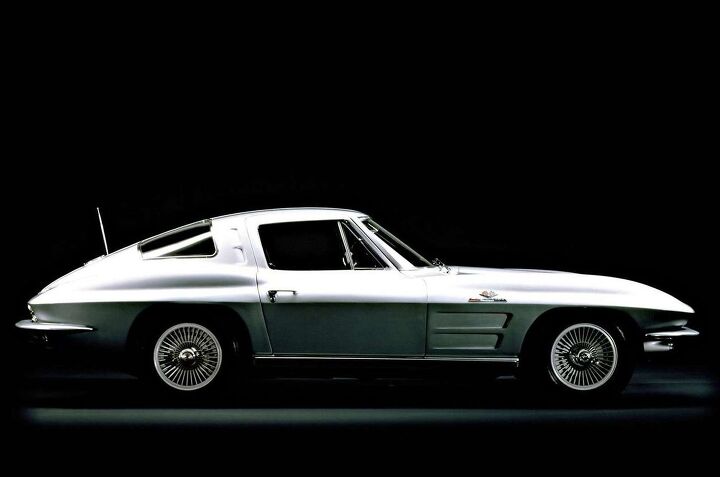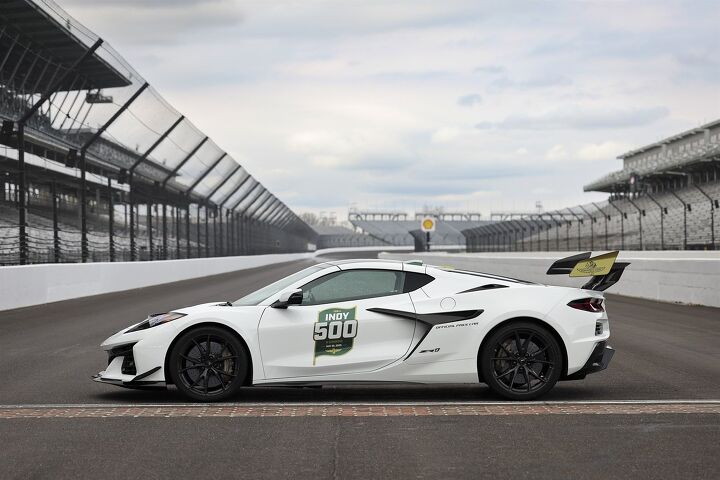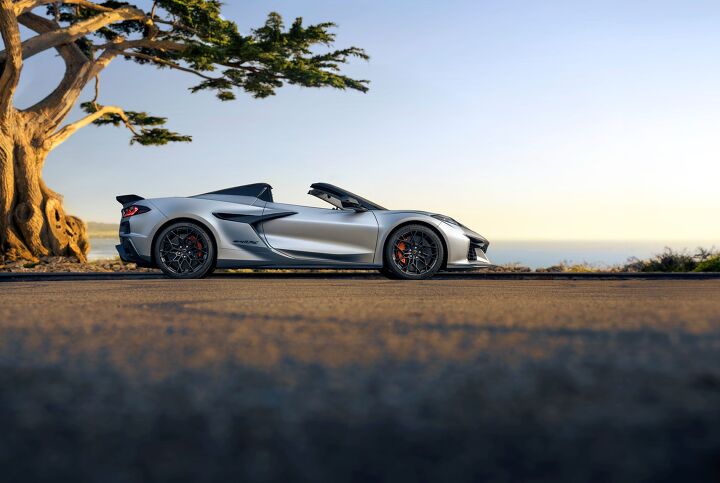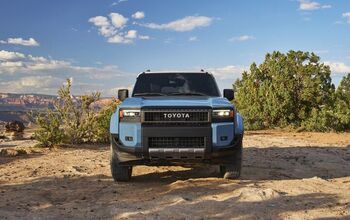10 Things You Should Know About The Chevrolet Corvette
The mighty Chevrolet Corvette has been referred to as ‘America’s sports car’ on more than one occasion – and for good reason. It serves up doses of performance that punch far above its price class. Found on the bucket lists of speed freaks across this country, the Corvette represents the type of attainable dream towards which many gearheads can aspire.
Get an insurance quote from Hagerty - a company that provides insurance for people who love cars. In addition, if you are looking to invest in a classic car or sell one of your own, the Hagerty marketplace is for you!
Each generation has its own perks and quirks, with the most recent iterations taking on the best supercars from places like Italy. A steady – but still relatively limited compared to true mass market models – supply produced from the factory in Kentucky means that while there isn’t a Corvette on every street corner, a yaffle of secondhand examples on the used car market put the model in reach of even more gearheads with a dream.
1 - 1953
The first model to pop forth bearing the name appeared in 1953 after being shown at GM’s Motorama show. Plans were afoot to sell about 300 of these convertibles, though it is estimated only 183 takers appeared. Every single one was painted Polo White and wore red upholstery on its interior, all sprung forth from an assembly line in Michigan.
2 - 1983
Flash forward thirty years and we find…no Corvette at all. At the time, top brass knew the existing model was very long in the tooth and had prepared a full revamp, but it wasn’t quite ready for prime time when the 1983 model year dropped. Rather than rush their performance flagship, the 1983 model year was skipped – at least for customers. Only one preproduction car slipped through the cracks; it now rests in a museum.
3 - National Corvette Museum
It takes a special car to earn a place in a museum - and an even more special one to deserve a museum all its own. The National Corvette Museum is located in Kentucky, not far from the GM factory where Corvettes are manufactured today. It houses a wide variety of important examples including production milestones and movie cars. Fun fact: a sinkhole swallowed eight cars in 2014, though some were recovered and even restored.
4 - Starts with ‘C’
Each generation of Corvette, defined by the year in which major changes are made, is denoted by gearheads and fans using an alphanumeric notation. The first Corvette generation, from 1953 to 1962, is called the C1. This progresses in sequence to today’s model, called the C8. You know you’re talking to a true Corvette fan if they start using these terms.
5 - Shark Week
Now that you’re up to speed on terminology, we can simply tell you the C3 model (‘68 to ‘82) was massively influenced by designs on a GM concept car called Mako Shark II. Designed by ace artist Larry Shinoda, the concept was full of gills and sharp angles - and so were production versions of the C2.
6 - Long May You Run
And, yes, you read that right - the C3 was in production, albeit with some changes, but not enough to move the generational needle, for nearly fifteen years. An oil crisis didn’t help, nor did the imposition of a national 55 mph speed limit and various safety crusades. Still, the Corvette persevered and emerged from the era with special editions and a fuel-injected engine.
7 - Space Oddities
Being a symbol of American success, perhaps it should be no surprise that Corvettes were favored by NASA astronauts, particularly in the 1960s and 1970s. Stories abound of Florida cops turning a blind eye as spacemen like Alan Shepard and Gus Grissom raced their cars on public roads and along some beaches.
8 - Indy Fever
That other symbol of American speed, the Indy 500, has welcomed the Corvette as its pace car no fewer than 22 times as of this writing. That’s more than any other individual model, though it may surprise some to learn it didn’t first appear until 1978 when it was helmed by Indy champ Jim Rathmann. Sure beats the year they used a Oldsmobile Bravada.
9 - Electric Slide
A switch to mid-engine powertrains for the C8 generation meant the Corvette’s front end was finally freed up for an electric motor the size of a cantaloupe. Installed to assist, not replace the mighty V8 engine; it permitted GM to construct the first production all-wheel drive Corvette. Called the E-Ray, it packs a hybrid powertrain belting out 655 horsepower and accelerating to 60 mph in about 2.5 seconds.
10 - Four-Figure Horsepower
Engineers broke through the four-figure wall with the most recent ZR1, whose 5.5L flat-plane crank V8 engine unleashed 1,064 horsepower. This towering grunt is entirely funneled through the rear wheels. Barely a year later, speed freaks within the company took the E-Ray’s electric motor and stuffed it up the nose of a ZR1, creating the ZR1X. Good for a stunning 1,250 horsepower, estimates say this all-wheel drive beast can reach 60 mph in less than 2 seconds.
Corvette Value
According to our friends at Hagerty, the least valuable C4 Corvettes appreciated 14% over three years since the beginning of 2020, and it has continued to appreciate with an increase of 20% over the past five years. Values of vintage Corvettes have an incredibly wide range, so there is something for just about everybody. Prices range from $16,000 for a condition #3 C4 fourth-generation Corvette (1984-1996) to $146,700 for a C2 second-generation car (1963-1967).
You can learn more about valuation trends with Hagerty’s valuation tool
For a bit of fun, check out this feature on the most expensive Corvette ever sold at auction.
More by AutoGuide.com Staff







































Comments
Join the conversation